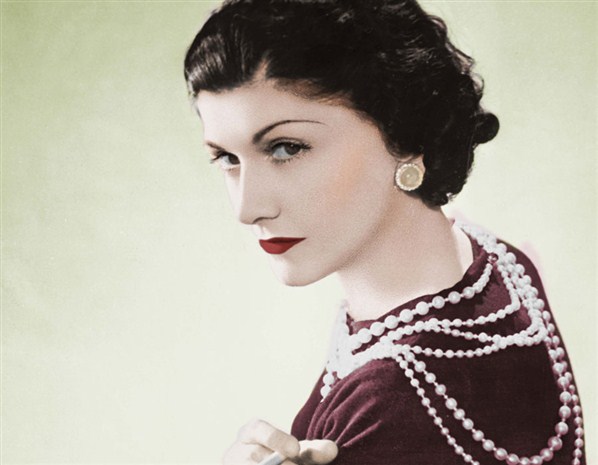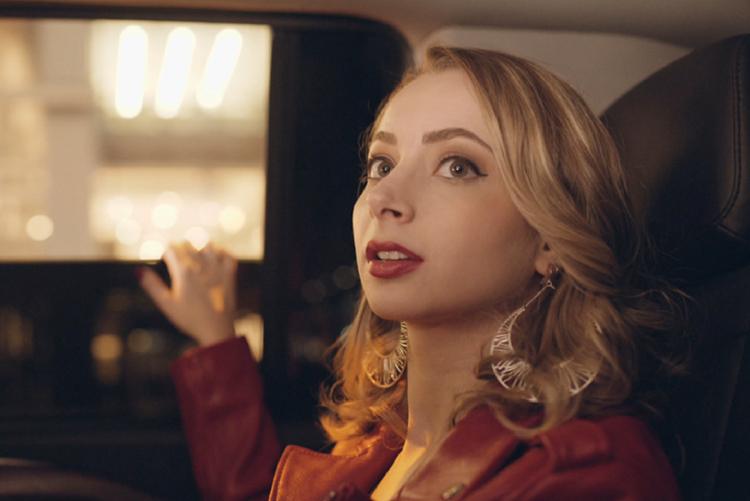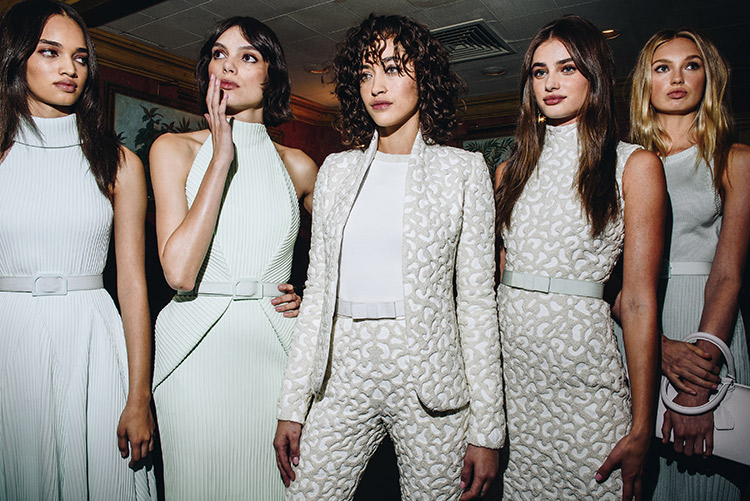Gabrielle “Coco” Bonheur Chanel

Chanel’s first fashion venture was during her 20’s. She was involved with Etienne Balsan who offered her to start a millinery business in Paris. She later left him for a wealthier friend, Arthur “Boy” Capel.
1910: She opened her first shop in Paris’s Rue Cambon where she sold hats. She later opened stores in Deauville and Biarritz and started making clothes. Her first taste in clothing success was credited to a dress she made from an old jersey on a chilly day. Many people had asked about where she got the dress, she responded by offering to make one for them. “My fortune is built on that old jersey that I’d put on because it was cold in Deauville,” she once told author Paul Morand.
1920: Her popularity thrived in this decade. She launched her first perfume which was the “Chanel No. 5” - the first to feature a designer’s name. Perfume “is the unseen, unforgettable, ultimate accessory of fashion that heralds your arrival and prolongs your departure,” Chanel once explained.
1925: She introduced a Chanel suit which featured a colarless jacket and a well-fitted skirt. Her innovative designs were considered revolutionary that time, it featured collaborative elements from men’s wear and emphasizing comfort in clothes, liberating women to wearing corsets and confining garments. Gone were the "aigrettes, long hair, hobble skirts. The Chanel trademark was a look of youthful ease and sportive confidence. She also introduced the “little black dress” which featured a color for mourning and turned and showed how chic it could be for eveningwear.
Coco Chanel worked until her death in January 10, 1971 at the age of 88, spending her last moments at the Hotel Ritz, where she had resided for more than 30 years. In addition to the longevity of her designs that emphasized understated elegance through her clothing, Chanel’s life story continues to captivate people’s attention.
Photo Credit: GETTY IMAGES


































